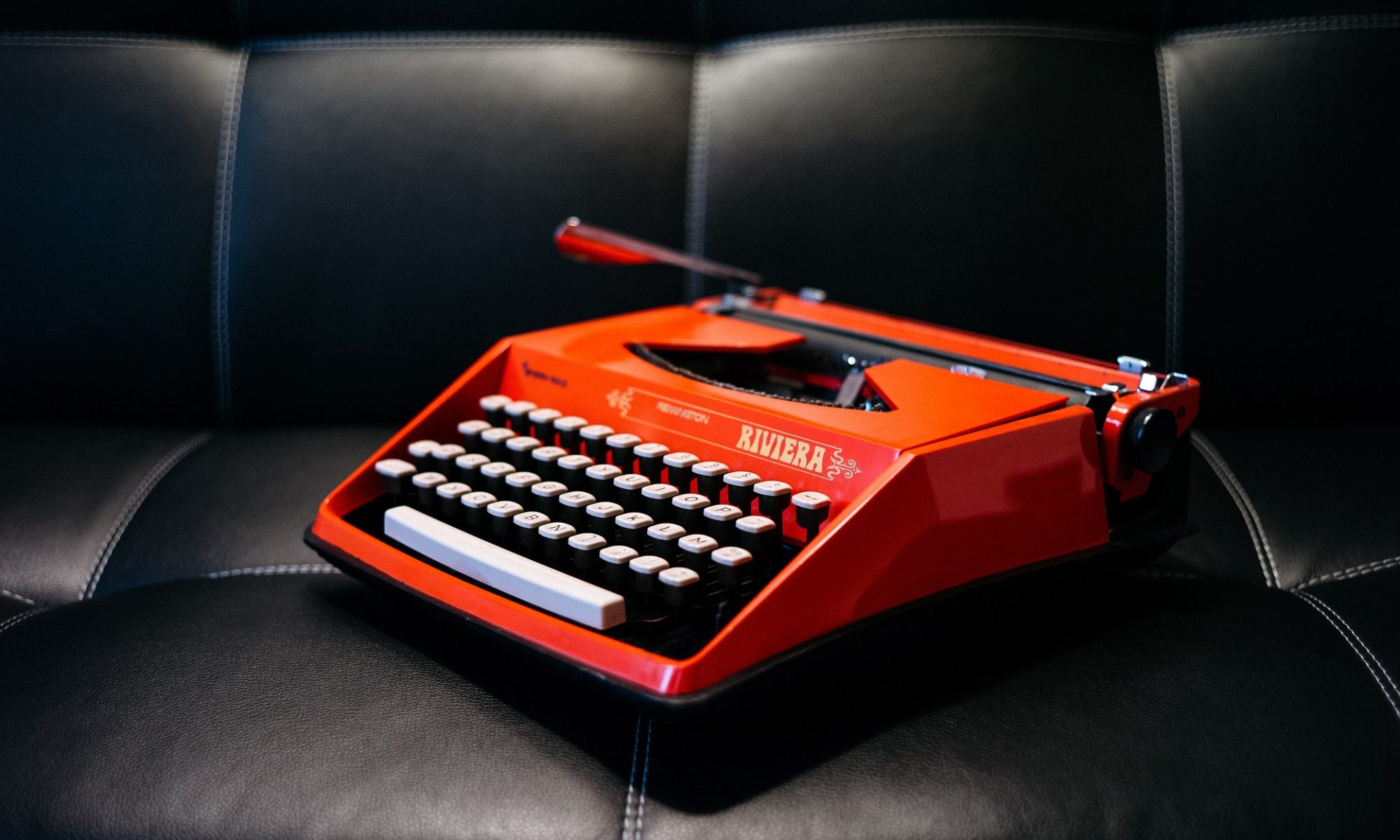Nice to see people are still talking about abstract art. One of the problems with making and showing non-objective art is that it challenges people in ways they’re not used to being challenged. As a result, people may dismiss it outright. “My kid could paint that.” “Can you believe how much that art costs?” I hear things like this all the time.
Occasionally, someone gets it, and I can tell they get it by the way they gaze into the painting, as if they’re lost in another world. These people understand what I was trying to do.
Abstract art is an abstraction. It does not represent anything. It is nonobjective. Instead of depicting what we recognize in the world of objects, people and nature, abstract art is concerned with color, line, form, and texture. It is not reality-based but emotionally-based. It is expressive and gestural. When an artist paints or sculpts, they are driven to express what they see and feel. And because no two artists see or feel in the same way, we have a broad spectrum of presentation. Couple that with the viewer and alchemy takes place. The emotion in the art synergizes with the evoked emotion of the viewer and voilá, you love the work, hate it, or remain cold. When viewing the work, you may feel dreamy, or hyper tense, float with a buttery pattern, or grow dizzy in a geometric structure. Clean lines, drips, swathes of color, loaded canvases, arched steel, holes in stone, towering monoliths of brass or tiny boxes painted in colored grids; the range of abstraction is infinite.
Decoding Abstract | News from West Branch Gallery & Sculpture Park

